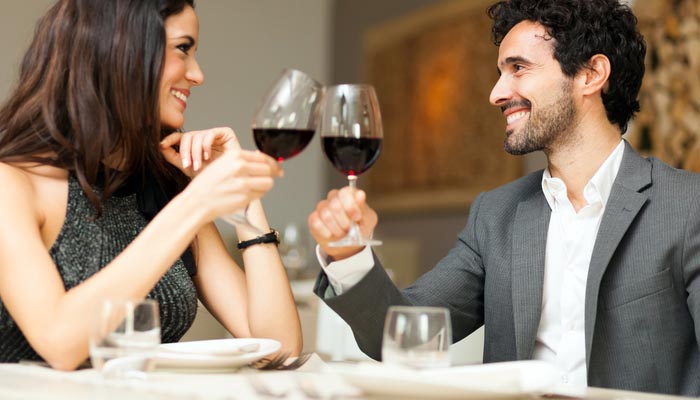1. Color Scheme
Color scheme plays a big role in just about everything restaurants do. This is especially the case when it comes to fast food (have you ever noticed almost all fast food restaurants use the color red?). The colors red and orange can make you feel hungrier. Darker red colors are also attention grabbers and spur action, which is why some of the more expensive offerings are listed with a red title. Additionally, green offers a mental connection to freshness.
2. Anchor Items
When looking over a menu, there is almost always a noticeably more expensive menu item, parred with a handful of less expensive items. This is known as the "anchor item." Basically, it is used to make the other items feel like a bargain. However, the more expensive item is typically a cut of pricier proteins, while the less expensive options are of inexpensive carbs. In reality, restaurants make more money off of the less expensive options because of the ingredients, yet restaurant goers feel as if they’re getting more for their money.
3. Dollar Signs Are Removed
When looking over restaurant menus, most do not include the actual dollar sign. This is because dollar signs remind you that you’ll actually be spending money. Without the dollar sign it is just a number.
4. Overly Descriptive Descriptions
Fast food restaurants get right to the point with menu descriptions. In fact, most don’t even have descriptions, there’s just a picture of what you’ll receive. That isn’t usually the case though with a sit down restaurant. In fact, most restaurants instead use an overly descriptive description to try and sell you something. You may be amazed at how flowery the description can be in regards to onion rings. So why do restaurants go over the top in the descriptions? It makes it seem like you’re getting more for your money. On top of this, menus are now started to use keywords like locally sourced, locally grown or organic as selling points. So keep all of this in mind the next time you sit down for a meal and go through the extended menu description.
5. Second Least Expensive Wine
This is an old classic. You go into a restaurant, know you want to order a bottle of wine, but have no real idea what a good bottle is. Since you don’t want to look cheap, you go with the second least expensive bottle of wine. The thing about this is restaurants know this trick, so there is a hefty markup with the second least expensive bottle. In fact, the cheapest bottle of wine may actually cost more if you were to buy the bottle from a store and have a higher quality. If you want to save money, just go with the cheapest bottle. Nobody will think less of you for it and you won’t pay as much of a markup.
